Those who know their Irish silver will be familiar with the name of Jimmy Weldon. Long regarded as a leading expert in the field, his expertise has made his family's shop on Clarendon Street – established by his grandfather in the 1890s – into a veritable treasure trove of rare and unusual antique pieces.
Jimmy Weldon joined the business in the 1960s and, over the past 50 years, has acquired immense experience in his chosen field. When he decided to take life a little easier and hand over to his son Gareth (though not, his clients will be relieved to learn, retire completely), he suggested to Adam’s that they might work together on a special auction of more than 180 lots of rare Irish and English silver.
Silver from the Collection of Jimmy Weldon is, in effect, a showcase of special silver, bringing together everything from quirky tableware to rare provincial pieces. One of the rarest of the latter is a trefid spoon (Lot 68) made by William and/or Joseph Wall in Kinsale, Co Cork, in 1712, which carries an estimate of €8,000 to €12,000.
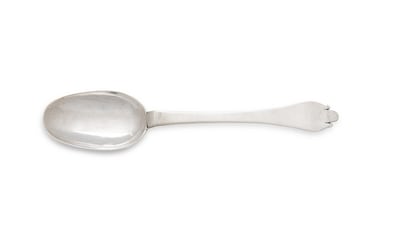
Supply and demand
Why would a simple, rather plain spoon be worth so much? It's the old story of the law of supply and demand. Because there were far fewer silversmiths in Ireland than in England, Irish antique silver is often much more valuable than its English equivalent. And because most Irish silversmiths were Dublin-based, silver from outside the capital is even more highly prized by collectors. Cork silver is rarer than silver from Dublin; Limerick silver is rarer still. Silver from Galway, Kinsale, Waterford or Tipperary is off the scale altogether.
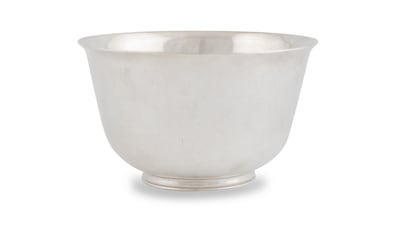
So this Kinsale spoon will cause a stir of excitement when it goes under the hammer on Tuesday. Another Limerick piece in the sale is a fluted sugar bowl with a wavy rim, raised on three shell-capped hoofed feet. Made by a highly sought-after silversmith, Collins Brehon, around 1750, it is also expected to generate a great deal of interest among collectors (Lot 91, estimate €8,000-€12,000). A pointed-handle soup ladle by the Limerick maker Maurice Fitzgerald, Lot 14, is estimated at €4,000-€6,000.
There are some superb 18th-century Dublin pieces in the sale: an exquisitely-shaped George II baluster-shaped tea kettle with rattan-covered handle on a circular stand, made by Thomas Sutton in 1737 (Lot 90, €6,000-€8,000) and an almost sculpturally plain George I beer jug with moulded rim and scroll handle, inscribed “The Gift of the Corporation of Shoemakers, 1725” (Lot 92, €5,000-€8,000).
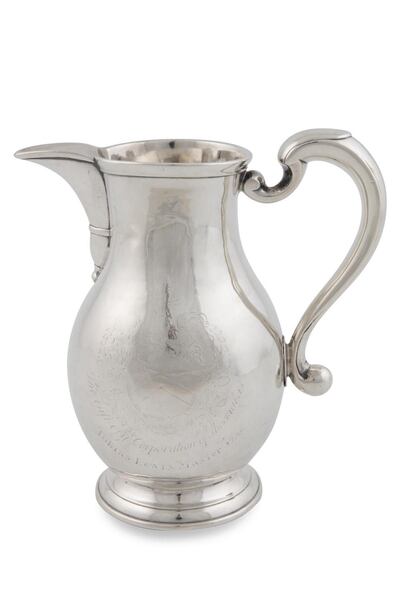
Marine iconography
The most expensive item on offer is an oval two-handed tray. Made in Dublin in 1844 and marked Robert Smith, it is a riot of marine iconography: coral and seaweed, shells and foliage, with the handles formed as opposing sea creatures and the crest border decorated with a Neptune mask and twisting hippocampus figures (Lot 106, €10,000-€15,000). A collection of early 19th-century seals commissioned by Mervyn Wingfield – the Seventh Viscount Powerscourt, who remodelled the Powerscourt estate, laying out the gardens as we know them today – is expected to make between €8,000 and €12,000 (Lot 3).

In the 1970s and 1980s silver was so expensive and burglaries so numerous that owners had to lock their collections in bank vaults, never to be used. Now that the metal’s scrap value has reduced, it has become much less attractive to intruders – and is taking its rightful place at the nation’s dinner tables.
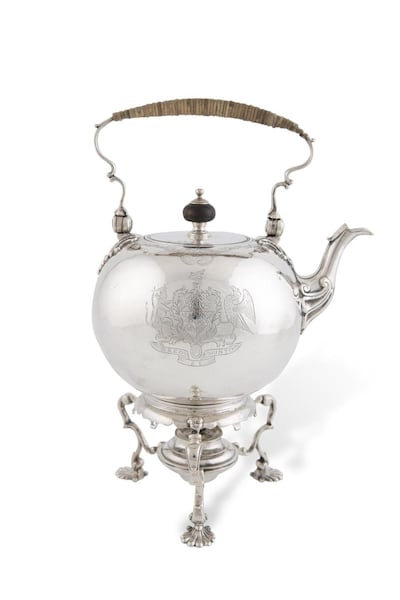
There are any number of items in this sale to make a table-setting pop, from milk jugs and coffee pots to candlesticks and condiment sets. At the more modest end of the pricing scale, an exuberant punch ladle, made in Dublin in 1818, mark of Jas. Scott and covered with fruiting vines (Lot 33, €300-€500) would be quite a talking point at any New Year’s Eve party, while an elegant 18th-century asparagus tongs from the well-known Cork workshop of Carden Terry (Lot 12, €1,500-€1,800) is as useful today as it was 200 years ago.
Clean, pure lines
For those who eschew the elaborate decorative style often associated with antique silver, a George I bowl, made in Dublin in 1724 and marked Edward Workman, has the sort of clean, pure lines we associate with modern Scandinavian design (Lot 111, €8,000-€12,000), as does a George II bowl from 1730, made in Dublin, probably by Thomas Sutton (Lot 121, €5,000-€8,000).
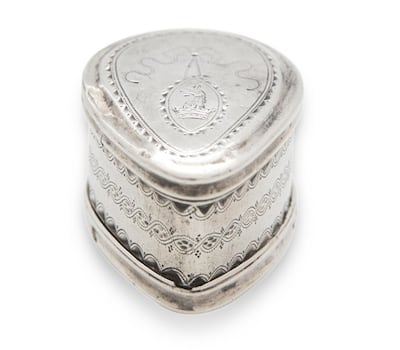
A 19th-century white metal salt cellar in the form of a cockerel (Lot 134, €150-€250) is guaranteed to wake up the conversation among dinner guests. Finally, for a touch of exotic spice, it would be hard to beat an 18th-century nutmeg grater. Now an unobtrusive presence in most kitchen cupboards, nutmeg once took centre stage at the table. An ingredient whose production was ruthlessly controlled by the Dutch East India Trading Company, it was a luxury strictly reserved for the nobility and upper classes. Lot 56, an oval nutmeg grater made in Dublin with an unrecorded mark believed to be that of Dorothy Mountjoy, carries an estimate of €1,000-€2,000.
Adam's, 26 St Stephen's Green, Dublin 2, Silver from the Collection of Jimmy Weldon. Sale Tuesday May 16th, 3pm. Viewing Sunday 1-5pm, Monday 10am-5pm, Tuesday 10am-1pm. See adams.ie













